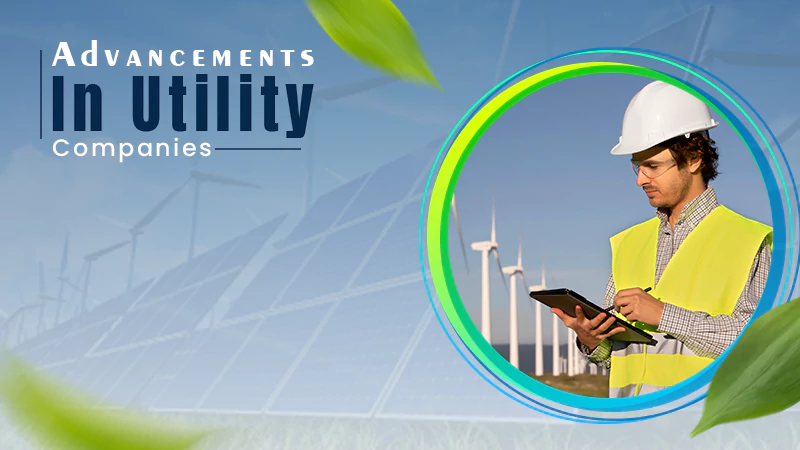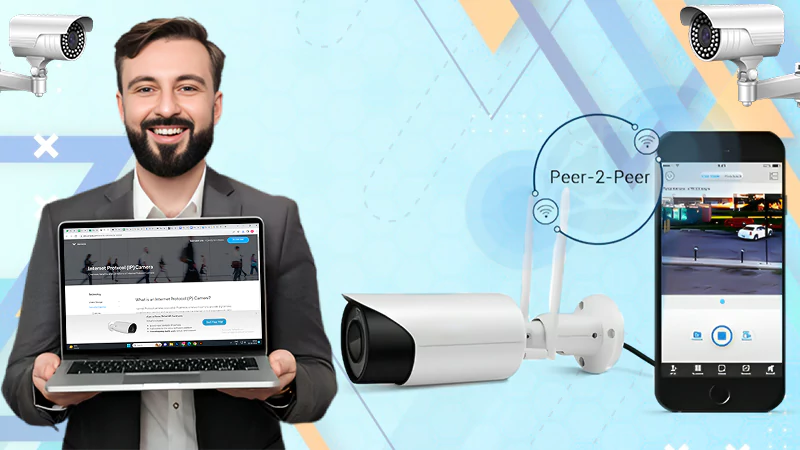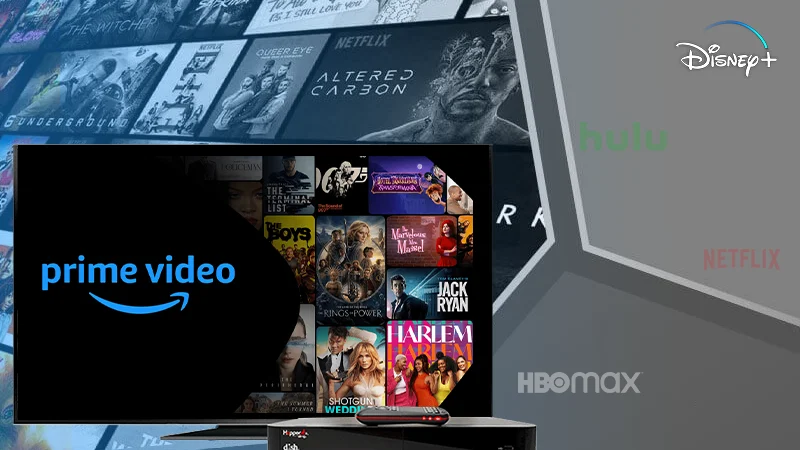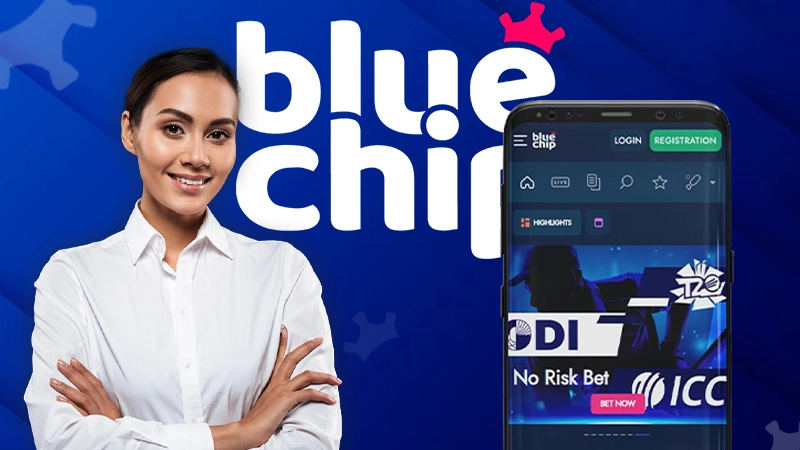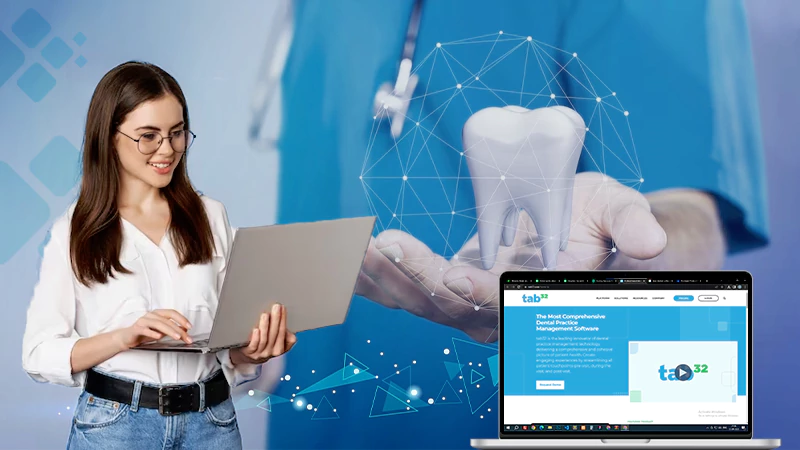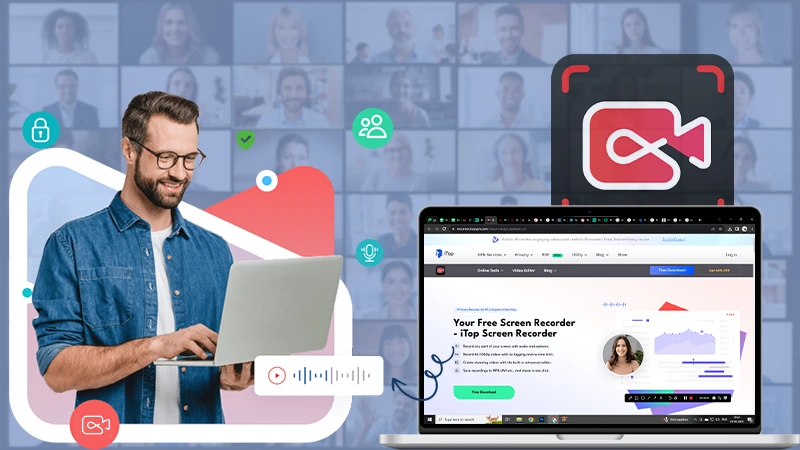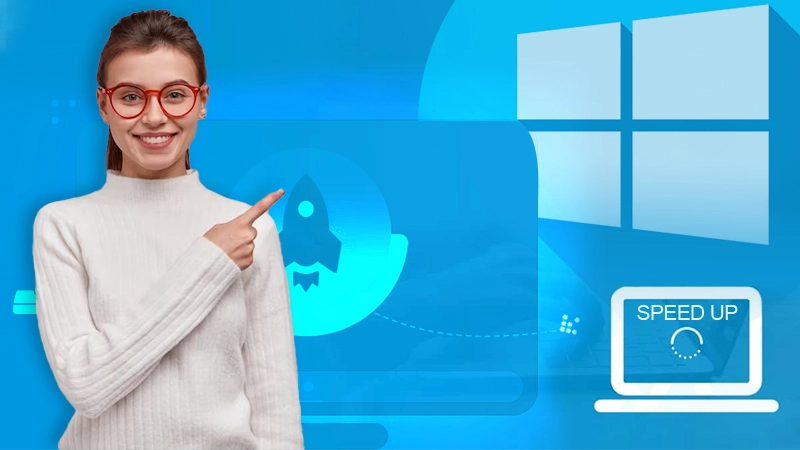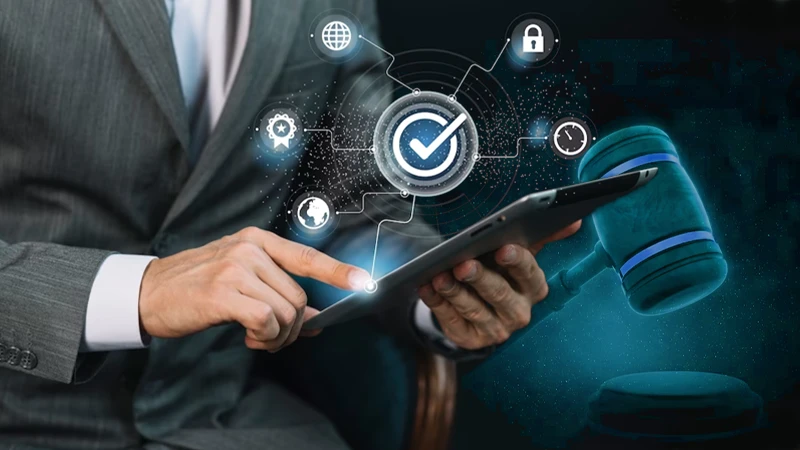How Agile is Different from Waterfall?
Thanks to the growing popularity of Agile in software development, the more traditional method of Waterfall has been steadily pushed to the side. If you are aware of both, and perhaps have been using the Waterfall method for so long that you are not sure whether it is worth the change to Agile or if you could even put in the effort to do it.
To help you out a little, we are going to look at the main differences between the two and why Agile may be the way forward for your business.
First things first, let’s establish what each of these methodologies is, just in case you are approaching this post as a complete beginner to both.
What is Waterfall?
The waterfall model is a methodology that involves a full breakdown of a project into linear sequential phases, in which each phase relies on the deliverables from the prior phase. The mindset and focus of Waterfall software development is the project itself. It is all about following a strict set of requirements and offers little to no room for changes and flexibility.
What is Agile?
Within software development, Agile involves identifying requirements and creating solutions through the collaboration of cross-functional and self-organizing teams and the end-user or customer.
The focus is on the product and creating something that the end-user or customer needs, regardless of how many iterations it needs to go through to achieve that. A more modern way of doing things, it is highly effective and dynamic and lacks the rigidity of the Waterfall approach.
What are the Differences?
The Way Each is Divided Up
As is touched upon above, while software development projects following the Waterfall model are divided into separate phases, in Agile the development of the project is divided into what are known as sprints.
Flexibility
Another aspect of the methodologies that differs is the amount of flexibility they offer. The waterfall is a highly rigid and structured form of software development. Which has its advantages, at times and with the right project.
However, Agile is known for its flexibility, which can help if you are involved in the development of a completely new product that is constantly being evolved and improved upon.
The Breakdown
Further to what we have already noted, Waterfall is generally completed in one single software development project. It is divided into separate phases, and each of these only appears once.
With Agile, it is more like a collection of smaller, different projects. In each of these, the same product or aspect of a product is worked on to improve it based on feedback from the Quality Assurance team and the customers or end-users.
Adjustability
Further to the point we made about the rigidity of one over the other, when you are using the Waterfall methodology to develop software, all of the requirements need to be thrashed out and decided upon before you begin.
There is little to no room for making changes once development has started.
However, with Agile, there is a lot of flexibility, and adjustments can be (and are encouraged to be) made throughout the project, even if the end-user, product owner, or customers desire things a certain way initially.
Approach to Quality and Testing
One of the biggest differences between Waterfall and Agile software development methodologies is their different approaches to quality and testing. Within the Waterfall methodology, for instance, testing is only carried out after the building has been completed. This can make for very expensive mistakes if once something is built and it doesn’t work exactly how the client, customer, or end-user wants it, the whole process may need to be started again.
Within Agile, on the other hand, testing is normally carried out concurrently alongside programming or at the very least during the same iteration to programming.
Changes that need to be made can be identified as and when problems arise, or the customer realizes that something is not going to work quite the way they imagined in the beginning. It makes for a more progressive way of testing and evolving products to reach the finished deliverable.
Internal Vs External
The waterfall would be rightly considered to be a very internal process. Once the customer or end-user or whoever is ordering the software development work has provided their finalized input on what they want and expect, they have little to no say in anything that happens during the process.
With Agile, collaboration is not just something that might happen, it is encouraged. This is a real benefit because it means that team input is improved and problem-solving is speeded up.
Different Approaches for Different Software
While scrum with style is all about teaching Agile methodology, even they recognize the fact that not every product development project will benefit from Agile methodology. Projects, for instance, that have very well-defined and laid out requirements and those that involve next to no expected changes or alterations, are more tailored for Waterfall which makes it worth considering both options.
Agile is the better option, therefore, if you are involved in software development that is likely to need many overhauls and needs to stay up to date with what is happening in the technological landscape and requirements of the customer.
What They Are Focused On
With Waterfall, the focus is on the project as a whole and is all about completing the development of the software. With the Agile way of doing things, though, a product mindset is established. The focus of that is to make sure the product is developed to the satisfaction of the end-users or customers. If the requisites of those end users change, even if they change dramatically from what they were when the project started, the Agile framework allows for this to be possible without any real disruption.
There you have it, a detailed look at the differences. While they both have their merits, many people, companies, and all relevant parties are seeing the real benefits of the Agile method over the Waterfall method. Which do you think will better suit you?
Follow Us
Latest Post






